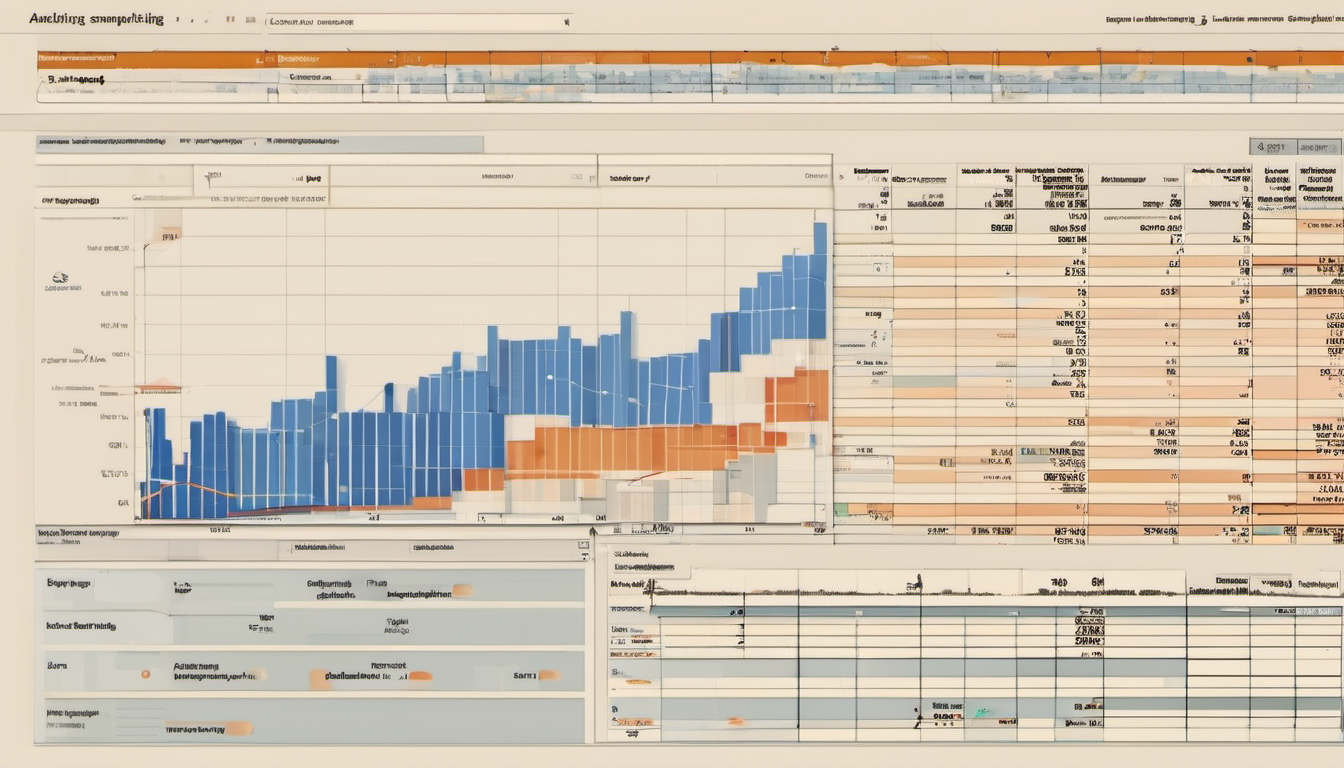Google Analytics improves data sampling
Google Analytics this week announced it has made improvements to data sampling and the (other) row in reports and explorations. These improvements will provide users with more accurate results and reduce the likelihood of seeing the (other) row or data sampling.

Google Analytics this week announced it has made improvements to data sampling and the (other) row in reports and explorations. These improvements will provide users with more accurate results and reduce the likelihood of seeing the (other) row or data sampling.
Google Analytics now chooses the table that provides the most accurate results for each query, reducing the need for data sampling. This means that users will see more accurate results in their reports and explorations, even if they have a large amount of data.
The (other) row is a row that appears in reports, explorations, and Data API responses when the number of rows in a table exceeds the table's row limit. Google Analytics will now only surface the most common dimension values in these cases, and condense less common values under the (other) row. This will make it easier for users to see the most important data in their reports.
Google Analytics has also increased the data limits for Analytics 360 properties. This means that Analytics 360 users are less likely to see the (other) row or data sampling in their reports and explorations.
Analytics 360 users seeing the (other) row or data sampling can access unsampled results through one of the following premium features:
- Expanded data
- Explore more detailed results
- Explore unsampled results
Analytics standard users can instead either export the data from the Analytics property to BigQuery for unsampled results, or narrow the date range to lessen the amount of queried results.
What is data sampling?
Data Sampling is a statistical technique that involves selecting a small representative subset of data from a larger population. This subset, called a sample, is then analyzed to make inferences about the population as a whole. Data sampling is often used when it is impractical or impossible to collect data from the entire population.
For example, if you want to study the average height of all American adults, it would be very difficult to measure the heights of every single American adult. Instead, you could collect data from a sample of American adults and use that sample to estimate the average height of the entire population.
Data sampling is important for several reasons:
- Reduced Costs: Sampling data can significantly reduce the cost of data collection, storage, and analysis.
- Improved Efficiency: Sampling can make data collection and analysis more efficient, especially for large and complex datasets.
- Increased Accuracy: Properly selected samples can provide accurate representations of the population, allowing for meaningful insights.
There are several different types of data sampling. The most common types include:
- Simple Random Sampling: Each member of the population has an equal probability of being selected for the sample.
- Stratified Sampling: The population is divided into strata, and then random samples are drawn from each stratum. This method is useful when the population is heterogeneous.
- Systematic Sampling: Every kth member of the population is selected for the sample. This method is efficient when the population is ordered.
- Cluster Sampling: The population is divided into clusters, and then a random sample of clusters is selected. This method is useful when it is difficult to access all members of the population.
Advantages of Data Sampling
Data sampling offers several advantages over collecting data from the entire population:
- Reduced Costs: Collecting data from a sample is often much cheaper than collecting data from the entire population.
- Reduced Time: Data analysis can be completed more quickly when it is performed on a smaller sample.
- Increased Efficiency: Data sampling can improve the efficiency of data collection and analysis.
Disadvantages of Data Sampling
Data sampling also has some disadvantages:
- Potential for Bias: If the sample is not representative of the population, the results of the analysis may be biased.
- Increased Variability: The results of data analysis on a sample are more variable than the results of data analysis on the entire population.
- Potential for Error: Data sampling can introduce errors into the analysis.

